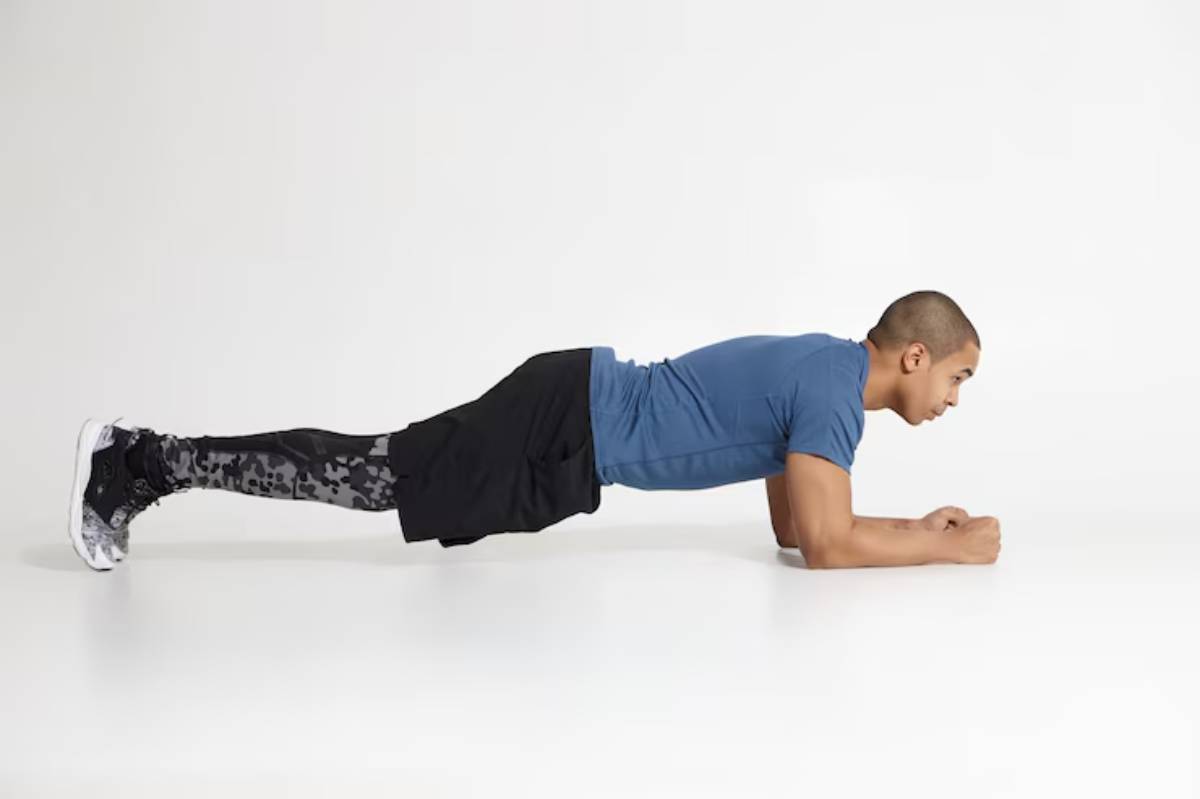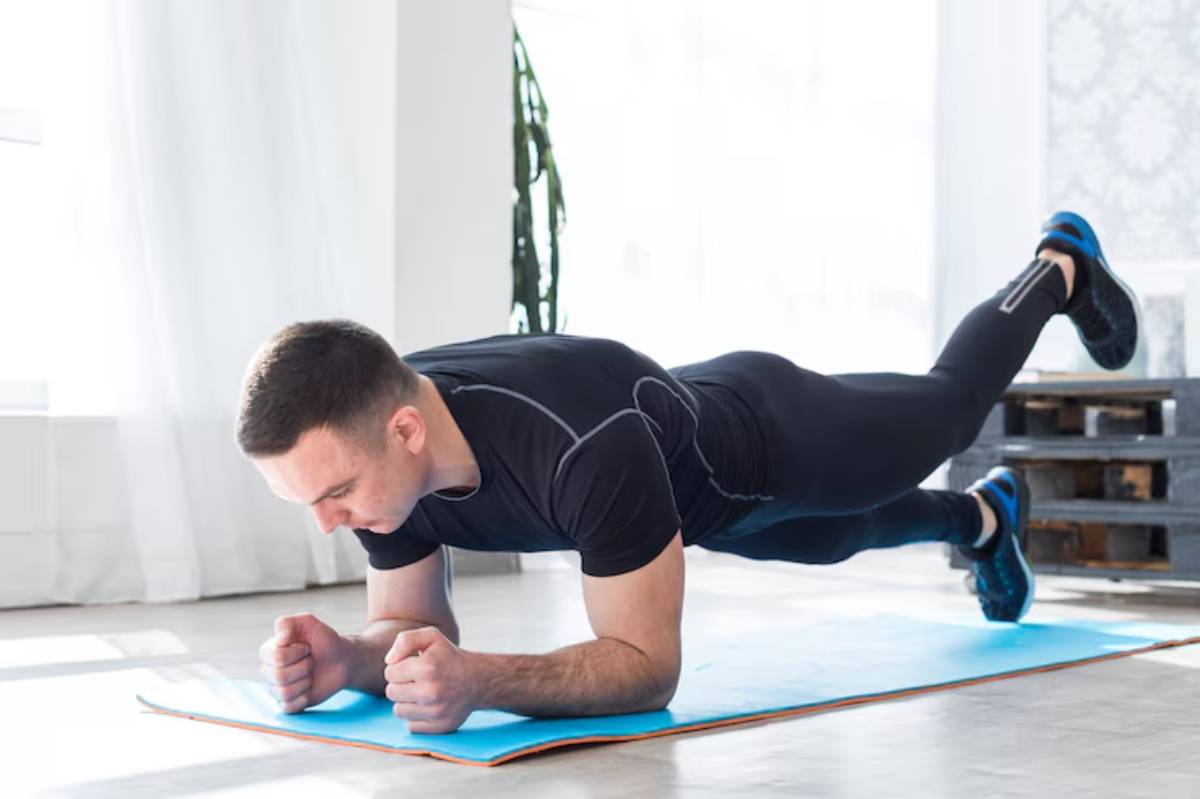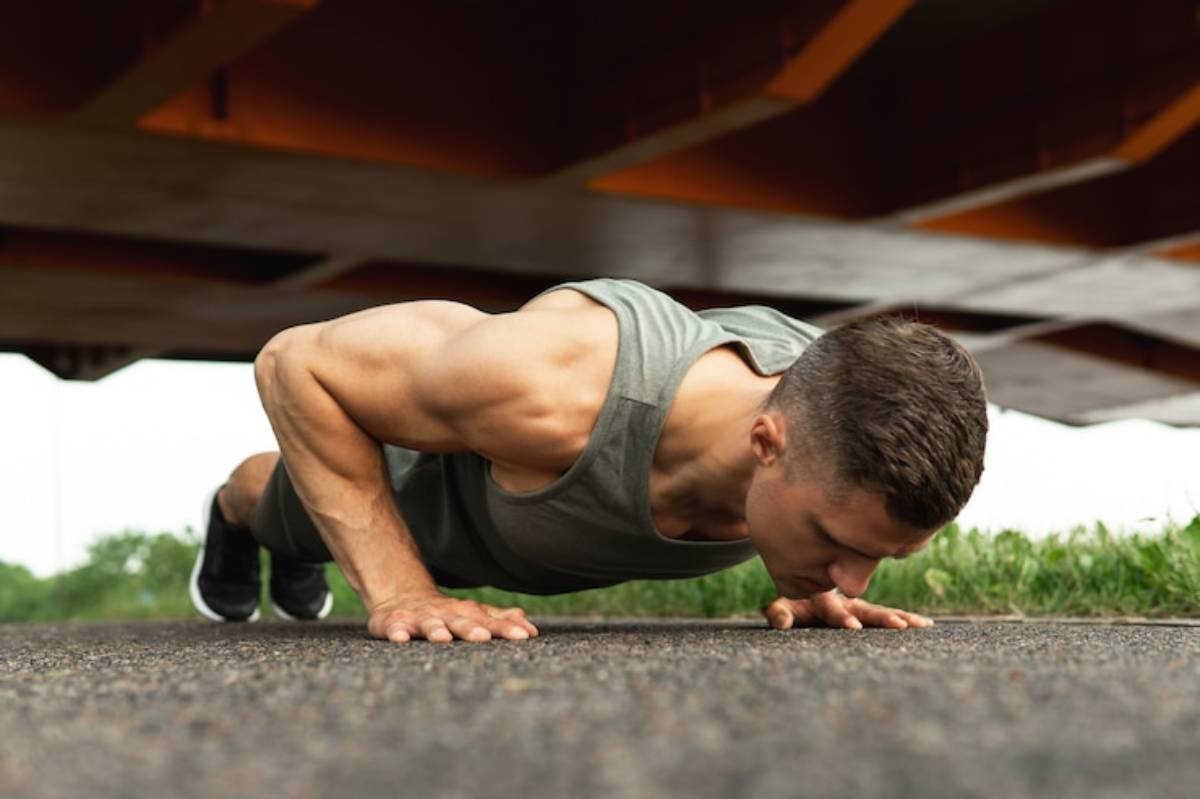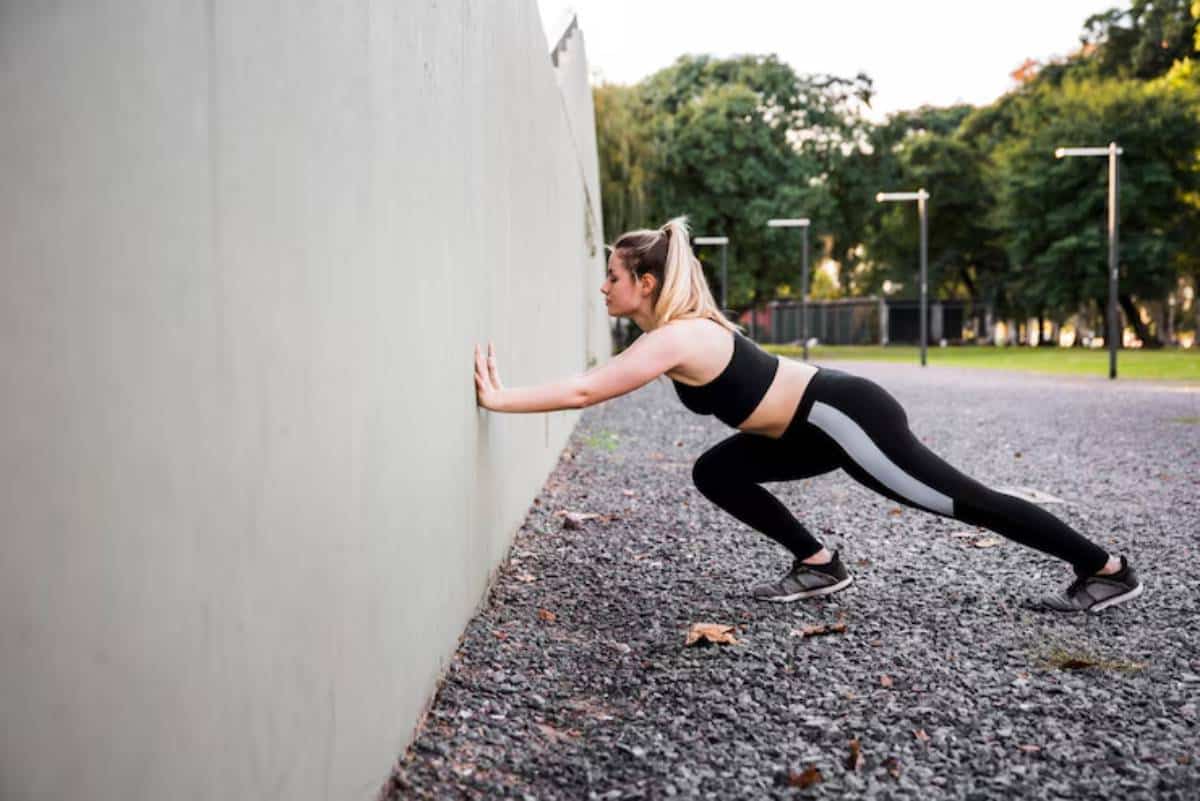
Mastering Planks: More Than a Core Workout
Let’s be honest — when you hear “plank”, you probably think of that shaky, core-burning hold you grit through for 30 seconds (or if you’re brave, maybe a minute). But what if I told you that the humble plank holds (pun intended) far more potential than just being a core workout?
Planks are the cornerstone of isometric strength training, offering full-body benefits that extend beyond your abs. Whether you’re just starting out or looking to level up your plank variations, mastering this deceptively simple move can transform your training. From improving posture to enhancing athletic performance, planks deserve a top spot in your fitness routine.
In this article, we’ll unpack the full potential of planks, explore powerful full-body isometrics, and introduce variations to challenge and strengthen you from head to toe. Ready to discover why planks are more than just a core blaster? Let’s dive in.
What Is Isometric Strength Training?
Before we get into the nitty-gritty of planks, it’s worth understanding isometric strength training. Unlike dynamic exercises (where muscles lengthen and shorten), isometric movements involve holding a static position. Your muscles contract without changing length, creating tension and stability.
Why Isometrics Matter
- Increases muscle endurance: Holding a position for time builds stamina.
- Strengthens connective tissue: Tendons and ligaments adapt, supporting joint health.
- Boosts mental resilience: Isometrics challenge your mental grit — holding still under tension isn’t easy!
- Enhances posture and stability: Core, back, and supporting muscles work together to maintain alignment.
Planks are one of the most effective full-body isometric exercises — but only when done right.
The Plank: An Underrated Full-Body Exercise
Sure, planks are known for core engagement, but there’s so much more happening beneath the surface.
When performed properly, a plank activates:
- Core muscles: Rectus abdominis, obliques, transverse abdominis.
- Shoulders and chest: Deltoids, pectorals.
- Back: Erector spinae, traps.
- Glutes and legs: Gluteus maximus, quadriceps, hamstrings.
It’s a full-body isometric in disguise — the perfect example of how holding one position can recruit multiple muscle groups.
Why Master Planks?

Here’s the thing: many people underestimate planks. They either hold for time without focusing on form or avoid progression because it seems too basic. But done properly, planks can
- Improve core stability and strength.
- Enhance posture by strengthening spinal stabilisers.
- Boost athletic performance through better energy transfer between the upper and lower body.
- Reduce injury risk by supporting the spine and hips.
Proper Plank Form: The Foundation
Let’s start with the basics — because proper form matters.
How to Perform a Perfect Plank:
- Set up: Start on all fours. Place your forearms on the ground, elbows under your shoulders, hands flat or clasped.
- Position your body: Step your feet back, forming a straight line from head to heels. Engage your glutes, quads, and core.
- Align your neck: Gaze slightly ahead of your hands to keep your neck neutral. Avoid looking up or letting your head drop.
- Hold with intent: Don’t just “hang out” in the position. Actively squeeze your glutes, brace your abs, and press through your forearms.
Common Mistakes:
- Sagging hips: Leads to lower back strain.
- Butt too high: Takes tension off your core.
- Shoulder shrugging: Compresses your neck.
Focus on quality over time. A 30-second plank with proper form trumps a sloppy 2-minute hold.
Plank Variations for Full-Body Isometrics
Once you’ve nailed the standard plank, it’s time to progress and challenge different muscle groups. Here are some effective plank variations to elevate your isometric strength training.
1. Side Plank
- Targets: Obliques, shoulders, glutes.
- How to do it: Lie on one side, stack your feet, and support your body on one forearm. Lift your hips, creating a straight line from head to feet.
Reps: 3 sets of 20–30 seconds per side.
2. Plank with Shoulder Taps

- Targets: Core, shoulders, stability.
- How to do it: Start in a high plank (hands under shoulders). Tap your left shoulder with your right hand, keeping your hips stable. Alternate sides.
Reps: 3 sets of 10–12 taps per side.
3. RKC Plank (Hardstyle Plank)
- Targets: Deep core stabilisers, glutes, quads.
- How to do it: Set it up as a standard plank. Now, contract everything harder — squeeze your glutes, brace your abs as if bracing for a punch, and pull your elbows toward your toes (without moving).
Reps: 3 sets of 10–20 seconds (this one’s intense!).
4. Plank to Forearm or Hand Walkouts
- Targets: Shoulders, core, coordination.
- How to do it: From a high plank, slowly walk your hands forward as far as comfortable, then walk back. Keep hips steady.
Reps: 3 sets of 8–10 walkouts.
5. Elevated Feet Plank
- Targets: Upper body, core, glutes.
- How to do it: Place your feet on an elevated surface (bench, step). Hold a plank position. This increases the challenge on your core and shoulders.
Reps: 3 sets of 20–30 seconds.
Structuring Your Isometric Strength Training Routine
Wondering how to incorporate these plank variations into your routine? Here’s a sample workout to get you started:
| Exercise | Hold/ Reps | Sets |
| Standard Forearm Plank | 30–45 seconds | 3 |
| Side Plank (each side) | 20–30 seconds | 3 |
| Plank with Shoulder Taps | 10–12 per side | 3 |
| RKC Plank | 10–20 seconds | 3 |
| Elevated Feet Plank | 20–30 seconds | 3 |
Rest: 30–45 seconds between exercises.
Frequency: 2–3 times per week, either standalone or alongside strength training.
Beyond Planks: Full-Body Isometric Training
While planks are fantastic, they’re just one piece of the isometric strength training puzzle. Here are a few full-body isometric exercises to complement your planks.
1. Wall Sit

- Targets: Quads, glutes, hamstrings.
- How to do it: Lean against a wall, slide down until knees are at 90 degrees. Hold.
Hold: 30–60 seconds.
2. Isometric Lunge Hold
- Targets: Quads, glutes, hamstrings, core.
- How to do it: Get into a lunge position. Lower until your back knee hovers above the floor. Hold.
Hold: 30–45 seconds per leg.
3. Dead Hang from Pull-Up Bar
- Targets: Grip strength, shoulders, lats.
- How to do it: Hang from a pull-up bar with arms extended.
Hold: 20–60 seconds.
Common Mistakes in Isometric Training
- Holding your breath: Remember to breathe! Slow, controlled breathing enhances endurance.
- Ignoring alignment: Whether it’s a plank or a wall sit, posture matters.
- Skipping rest days: Isometrics tax your muscles. Give them time to recover.
Conclusion: Planks as a Full-Body Strength Builder
It’s time to rethink the plank. No longer just a core exercise, it’s a foundational tool for full-body isometric strength training. By embracing plank variations and integrating full-body isometrics, you’ll build not only strength but also stability, endurance, and mental grit.
Remember, it’s not about how long you can hold a plank — it’s about how well you can hold it. Focus on form, explore progressions, and enjoy the benefits that ripple throughout your body.
Ready to take your planks beyond the basics? Give these variations a go, and share your experience in the comments. Found this guide helpful? Spread the word and help others master their planks, too!


